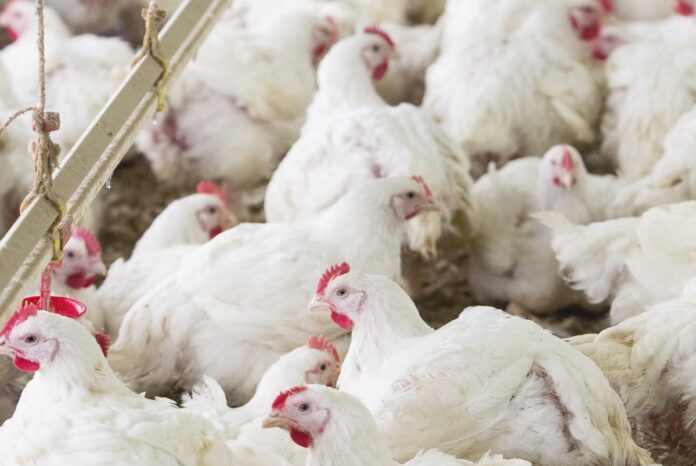
The broiler industry has been challenged with a condition referred to as “woody breast” for the past 8-10 years, which can affect a significant proportion of product produced.
Woody breast meat has a lower water holding capacity, texture alterations (crunchy/chewy), and results in downgrades and even condemnations leading to substantial economic losses. Early identification of broilers susceptible to developing woody breast would be useful for breeding programs, and detection of woody breast in the processing plants would allow for product sorting. Therefore, the objectives of this study were to evaluate the use of accelerometers on live broilers to identify birds exhibiting WB characteristics and to evaluate vibration patterns of deboned fillets with varying degrees of woody breast severity.
In order to refine the methodology and improve performance of detection, multiple trials were conducted on raw breast fillets. The accuracy of detection methods utilized varied between 60% and 85%. As with other candidate detection methods, breast fillets labelled to be in the mild category of woody breast often lowered accuracy. In the live bird accelerometer studies, the accuracy of detection was generally lower than with fillets alone.
While at times, accelerometer patterns (i.e., vibration) showed some differences between normal, moderate and severe woody breast, it was not always consistent. Because the accelerometer is meant to detect small changes in vibrations, general activity of the birds appeared to mask the ability to detect the patterns.
The low accuracy combined with the unfeasibility to detect woody breast in live birds suggest that this detection method is not effective. Any potential for this technology will require more research and refinement.
Source: USPoultry.org

















